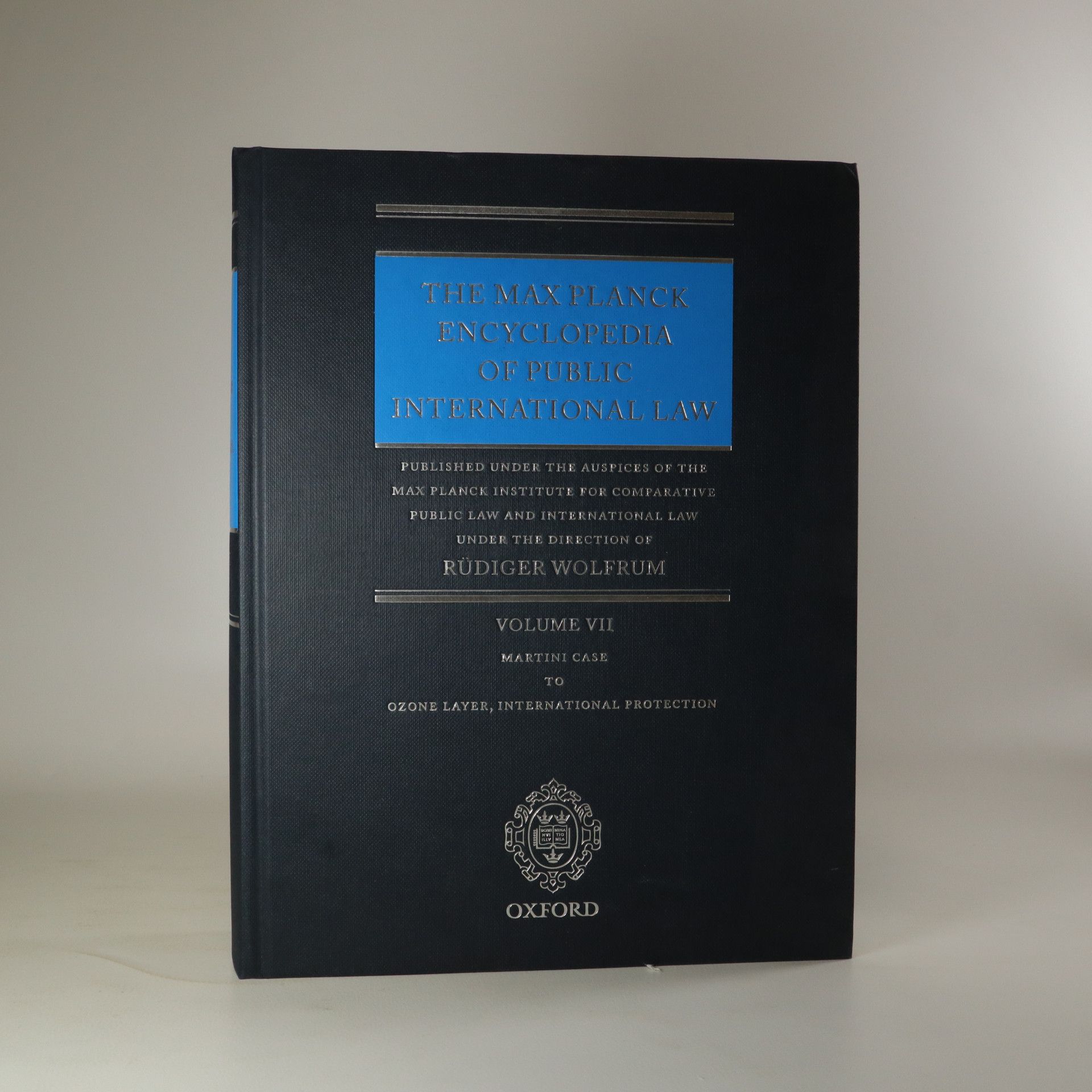The Max Planck Encyclopedia of Public International Law
- 950 pages
- 34 hours of reading
This index to the definitive reference work on international law contains detailed references to over 1,600 articles covering the full history and breadth of public international law, as well as other information to facilitate its use, such as tables and citation lists.
